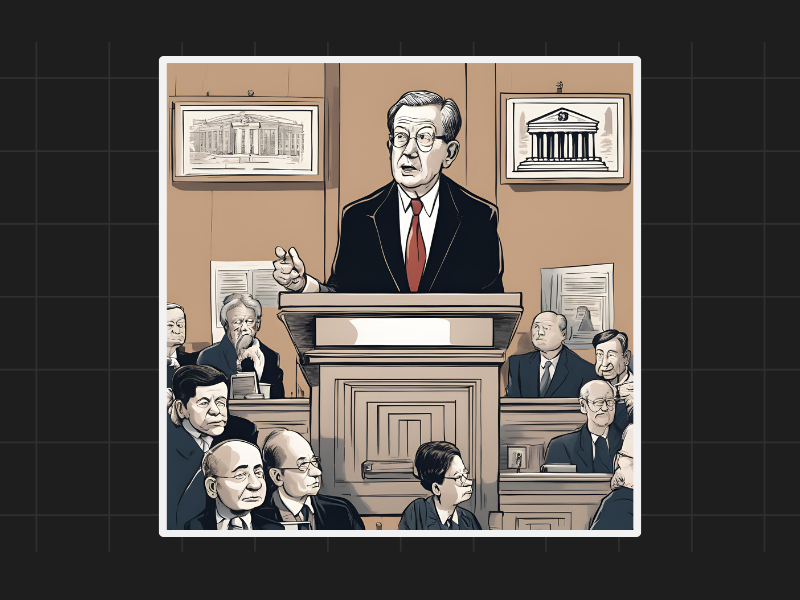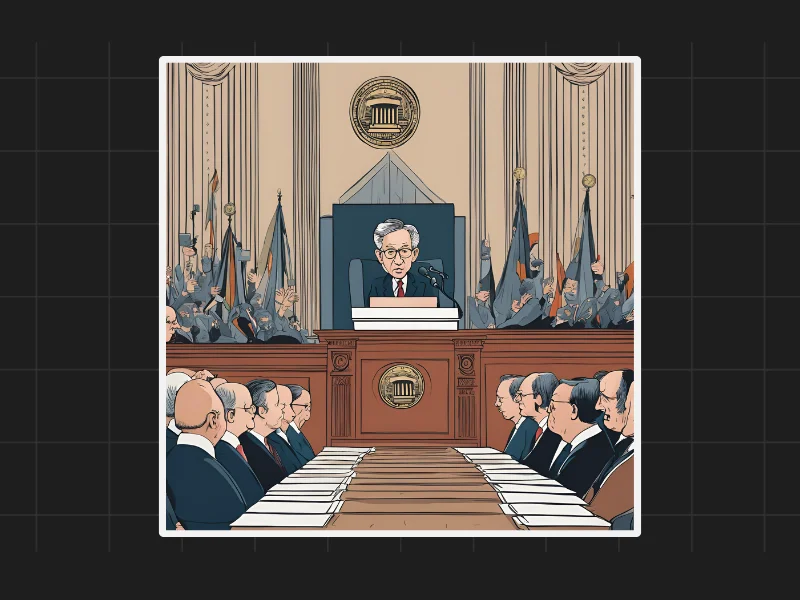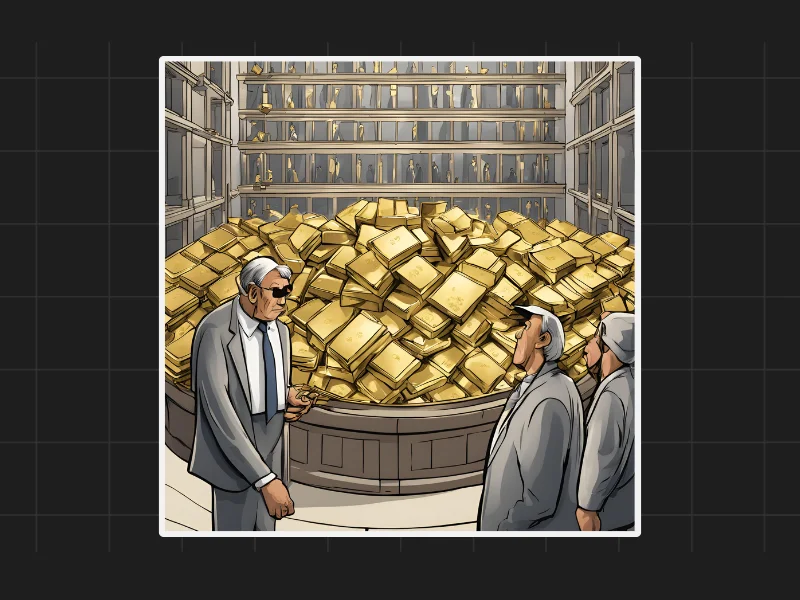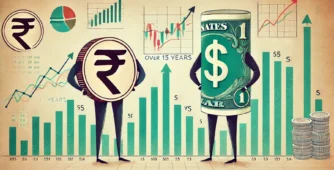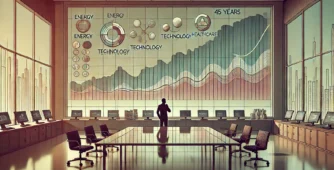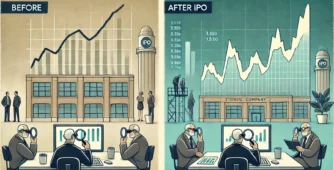Interest Rates and Market Volatility: What to Expect
Recent data suggests that a significant change may be on the horizon for financial markets. When the Federal Reserve’s interest rates start to decline after reaching their peak, there is often a period of market unrest that follows. This pattern has been observed in previous years, notably during the major financial crashes in 2008 and 2020. The question now is whether this trend will repeat itself in the near future.
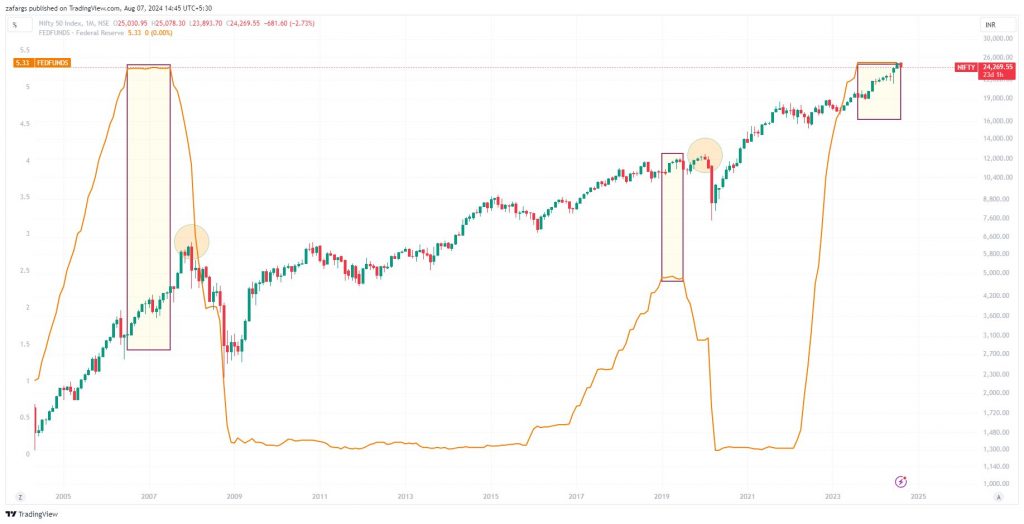
Historical Patterns and Market Movements
In the past, whenever the Federal Reserve began cutting interest rates after a peak, the markets experienced turbulence within a few months. For example, in 2008, the global financial crisis occurred shortly after the Fed started lowering interest rates. Similarly, in 2019, when rates remained steady for a period, the market continued its upward trajectory. However, once the rates were cut, a significant market crash followed, triggered by the COVID-19 pandemic. This pattern raises concerns about what might happen as we approach another potential interest rate cut.
The Current Scenario
Currently, the Federal Reserve’s interest rates have stagnated, and the markets have been on an upward trend. However, there are expectations that the Fed may reduce rates by half a percent in mid-September. This possibility has led to speculation about whether we might see a repeat of the past patterns. Historically, the market tends to anticipate rate cuts, and if these cuts either do not happen or exceed expectations due to a worsening economy, the market often reacts negatively.
A Setup for Potential Disappointment
The market may be setting itself up for disappointment. If the anticipated rate cuts do not materialize, or if the cuts are deeper than expected due to economic troubles, we could see a market downturn. This scenario could create a temporary peak, leading to increased volatility. Investors need to be aware of this possibility and consider the potential risks as we move into the last quarter of the year.
The Impact of Upcoming US Elections
Another factor that could contribute to market volatility is the upcoming US presidential elections. Historically, elections can bring about uncertainty and fluctuations in the market. As we approach the elections, there may be increased volatility, especially if combined with changes in interest rates. While it is difficult to predict exactly how these events will unfold, it is essential to remain vigilant and prepared for possible market swings.
Disclaimers and disclosures : https://tinyurl.com/2763eyaz
If you have any questions, please write to support@weekendinvesting.com

